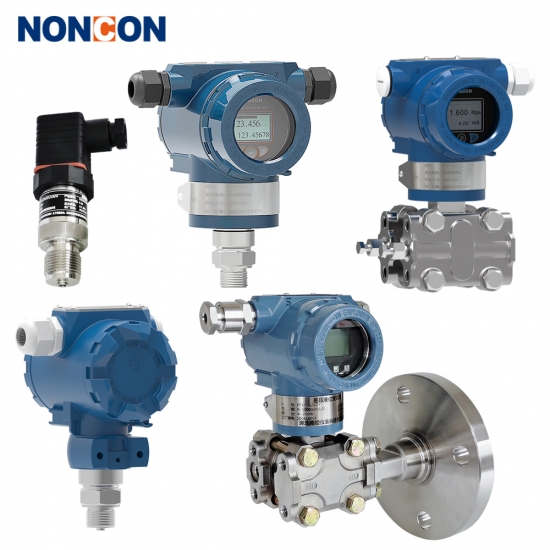
Blog Categories
Recent Posts
Problems that should be noted when installing pressure transmitters
Before installing and using the pressure transmitter, please read the product sample and operation manual in detail. The pressure interface should not leak during installation to ensure the correct range and wiring.The housing of the pressure sensor and transmitter generally needs to be grounded. The signal cable should not be mixed with the power cable. Strong electromagnetic interference should be avoided around the sensor and transmitter.
Daily maintenance
1. Check the size of the mounting hole: If the size of the mounting hole is not appropriate, the threaded part of the sensor will be easily worn during installation.This will not only affect the sealing performance of the equipment, but also make the pressure sensor can not play a full role, and even may cause safety hazards.Only suitable mounting holes can prevent thread wear (thread industry standard 1/2-20 UNF 2B) and the mounting holes can usually be tested with a mounting hole gauge to make appropriate adjustments.
2. Keep the mounting hole clean: It is very important to keep the mounting hole clean and prevent the molten material from blocking to ensure the normal operation of the equipment.Before the extruder is cleaned, all pressure sensors should be removed from the barrel to avoid damage.When the sensor is removed, the melt may flow into the mounting hole and harden. If such residual melt is not removed, the top of the sensor may be damaged when the sensor is reinstalled.A cleaning kit can remove these molten residues.However, repeated cleaning procedures can aggravate damage to the sensor caused by mounting holes.If this happens, measures should be taken to raise the sensor in the mounting hole.
3, choose the right position: when the pressure sensor is installed too close to the upstream of the production line, the unmelted material may wear the top of the sensor;If the sensor is installed too far back, a stagnant area of molten material may be created between the sensor and the screw stroke, where the molten material may degrade and the pressure signal may be distorted;If the sensor is too deep into the barrel, the screw may touch the top of the sensor during rotation and damage it.In general, the sensor can be located in front of the filter barrel, melt pump before and after or in the mold.
4. Clean carefully;All sensors should be removed prior to cleaning the extruder barrel with a wire brush or special compound.Because both of these cleaning methods may cause damage to the vibration membrane of the sensor.When the cylinder is heated, the sensor should also be removed and the top wiped with a soft cloth that will not cause wear. The holes in the sensor should also be cleaned with a clean driller and guide sleeve.
The correct use of
The following conditions should be considered during the use of pressure sensors:
1. Prevent the transmitter from contacting with corrosive or overheated media;
2. Prevent the sediment from deposition in the pipe;
3. When measuring the liquid pressure, the pressure inlet should be opened on the side of the flow pipe to avoid the deposition of slag;
4. When measuring the gas pressure, the pressure inlet should be opened on the top of the flow pipeline, and the transmitter should also be installed on the top of the flow pipeline, so that accumulated liquid can be easily injected into the flow pipeline;
5. The pressure guide tube should be installed in the place with small temperature fluctuation;
6. When measuring steam or other high temperature media, it is necessary to add buffer tube (coil) and other condensers, and the working temperature of the transmitter should not exceed the limit;
7. In case of freezing in winter, the transmitter installed outside must take anti-freezing measures to prevent the liquid in the pressure inlet from expanding due to freezing and causing damage to the sensor;
8. When measuring the liquid pressure, the installation position of the transmitter should avoid the impact of the liquid (water hammer phenomenon), so as not to damage the sensor due to overpressure;
9. When wiring, pass the cable through the waterproof connector (accessory) or winding pipe and tighten the sealing nut to prevent rain water from leaking into the transmitter shell through the cable.
Related products: orifice flow meter, vortex flow meter


